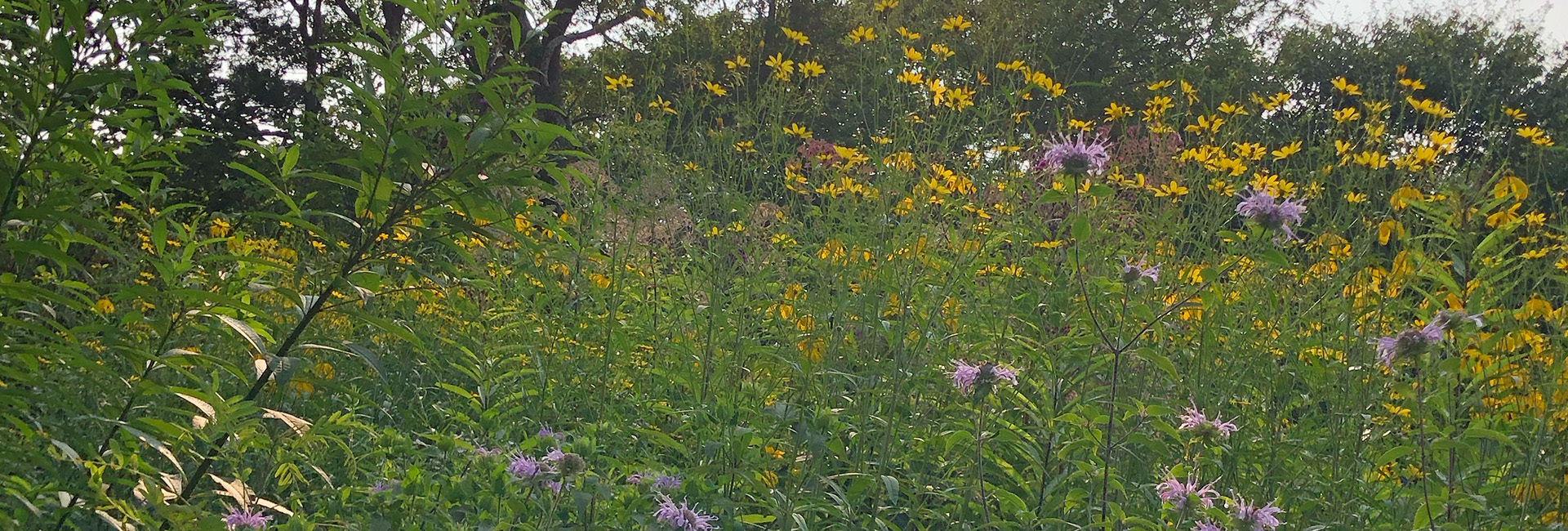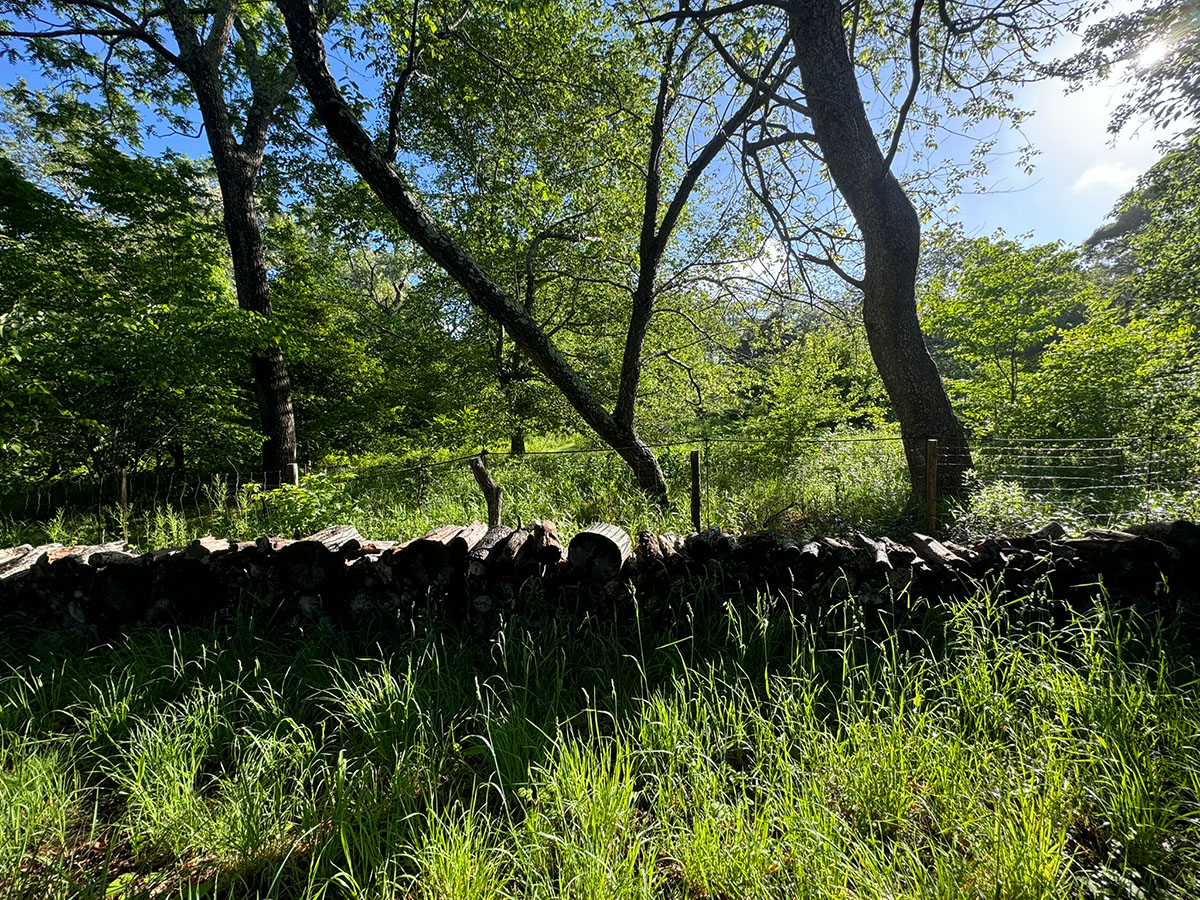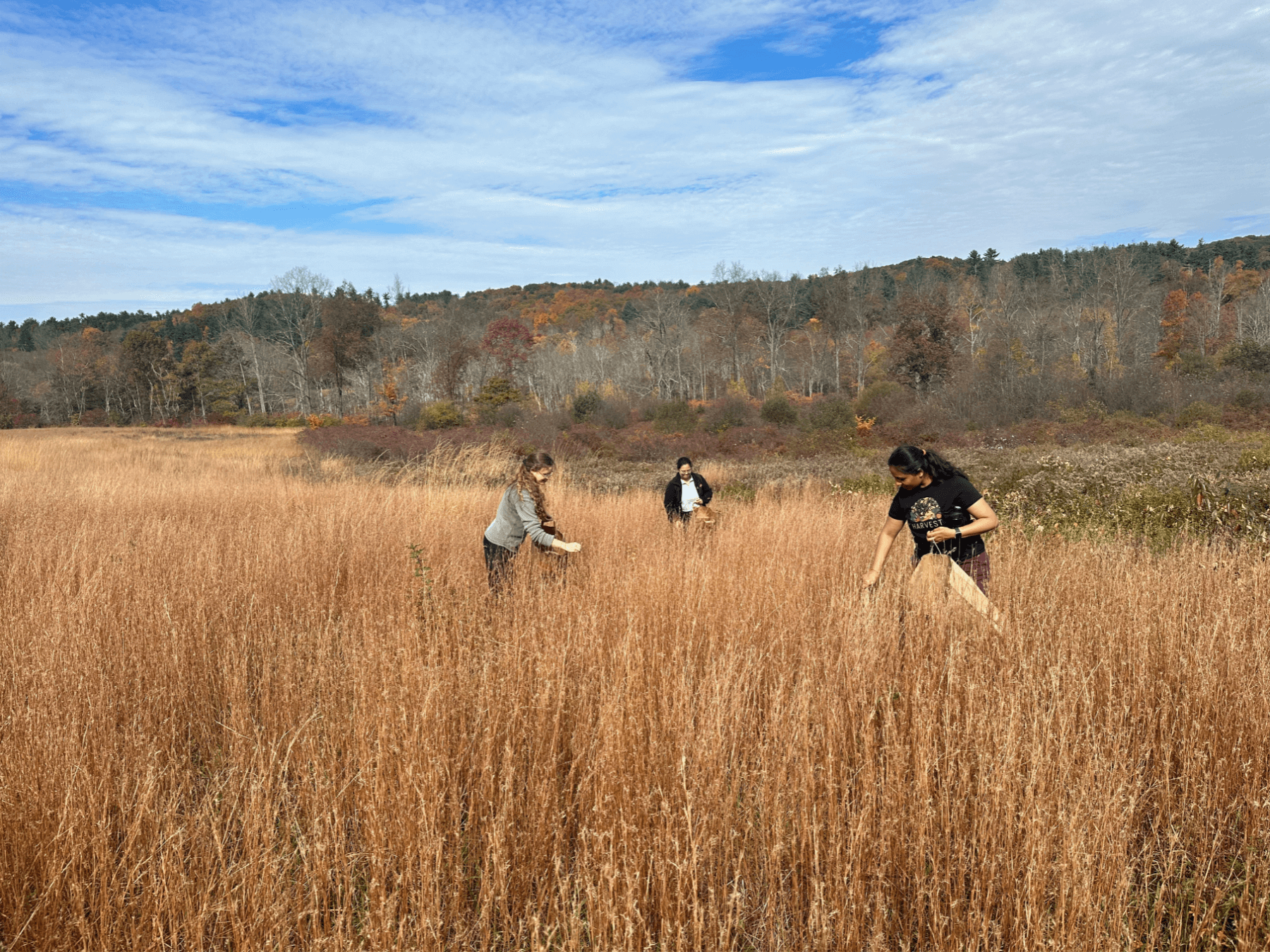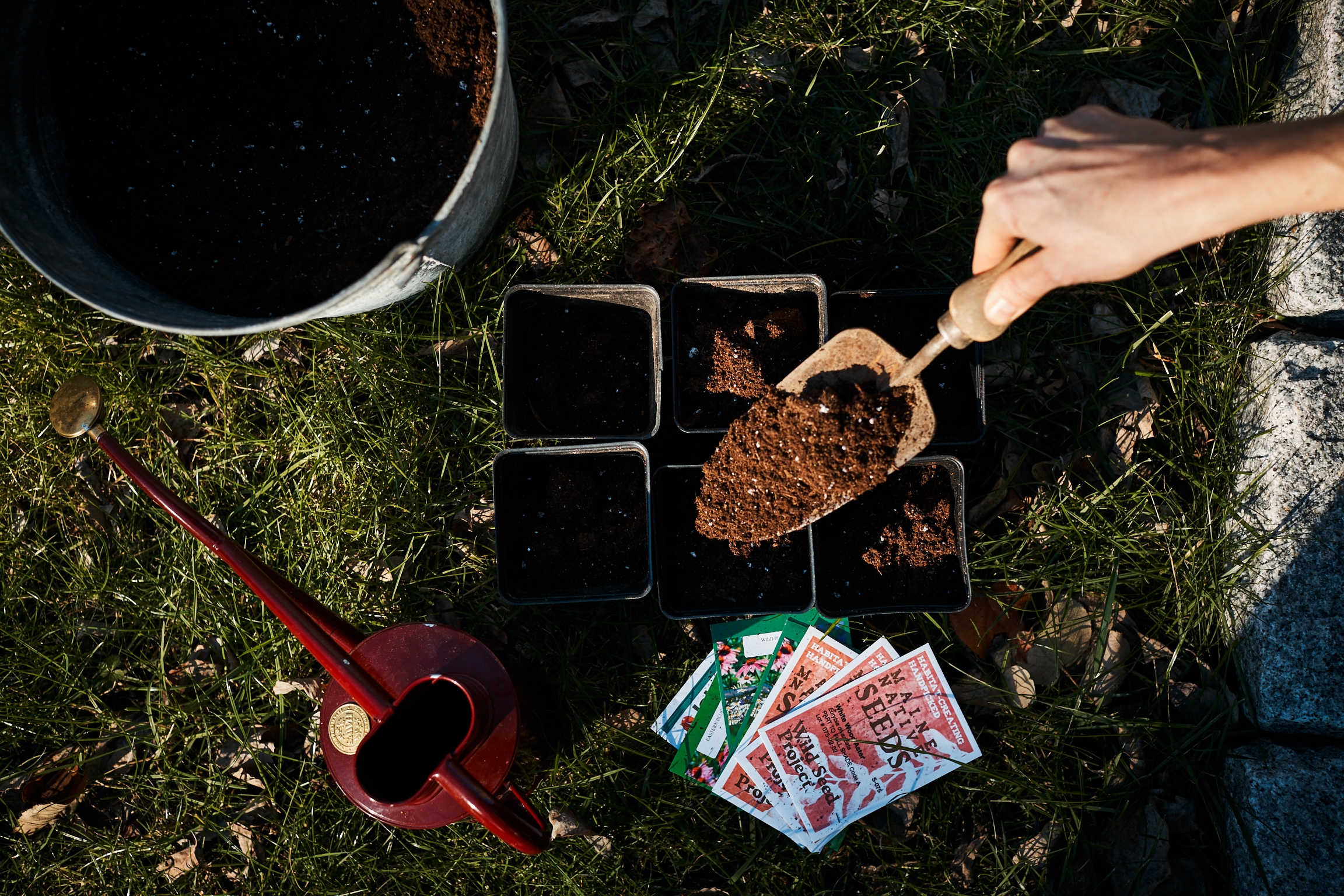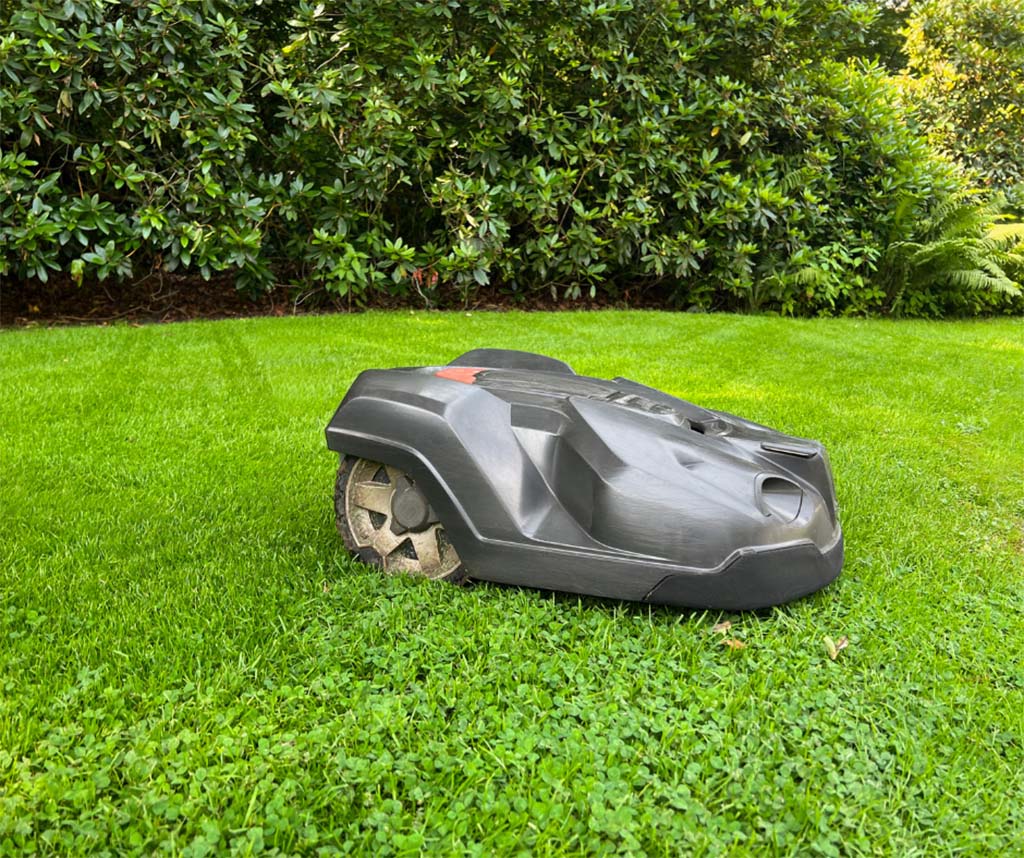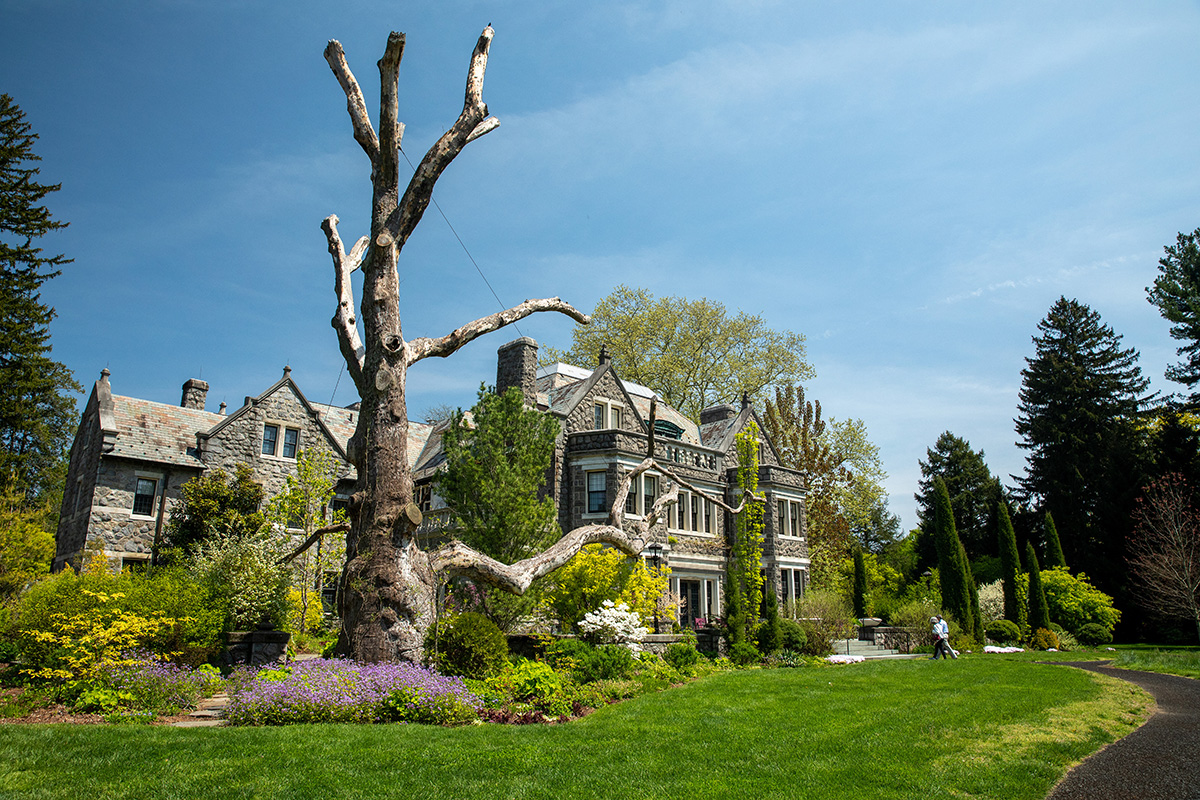
By Margo Rabb
At Stoneleigh: a natural garden, in Villanova, PA, a majestic and unforgettable London planetree stands beside the house like a guardian. “It’s a towering, hulking tree that’s gorgeous,” says Ethan Kauffman, the public garden’s director. The tree’s most mesmerizing quality? It’s no longer alive.
The remains of a dead or dying tree is often called a “snag,” but that word didn’t capture the beauty and value that Ethan saw in this tree. He decided to call it a “tree sculpture” instead, and the term embodies its uniqueness. It seems like a character in a children’s storybook. It’s also a work of art.
The tree is estimated to be around 150 years old, and likely predates the mansion, which was built in 1900. Stoneleigh was once owned by the Haas family, which donated it to Natural Lands, a regional non-profit land conservation organization, to become a public garden in 2016. Soon after, when Ethan arrived to work there, the tree was declining. It was diagnosed with canker. Traditional options for handling dead trees include flush cutting and stump grinding, but that seemed wrong; the garden’s staff didn’t want to “obliterate it from our memory,” he recalls. With the help of an arborist, they turned it into the sculpture it is today, keeping as much of its form as they could. “It still has so much story to tell, and it has so much more to give the garden,” Ethan says. “It’s not done.”
Just like the house beside it, the tree is also a home. As we sat under its boughs, which dripped with native wisteria, we saw chickadees and woodpeckers, including a yellow-bellied sapsucker; many birds have made nests inside it. Ethan told me the tree’s cavities provide a particularly valuable habitat. “Birdhouses can be communal and sometimes have diseases,” he said; a cavity in a tree can also help birds regulate their temperature in the winter, more efficiently than many birdhouses.
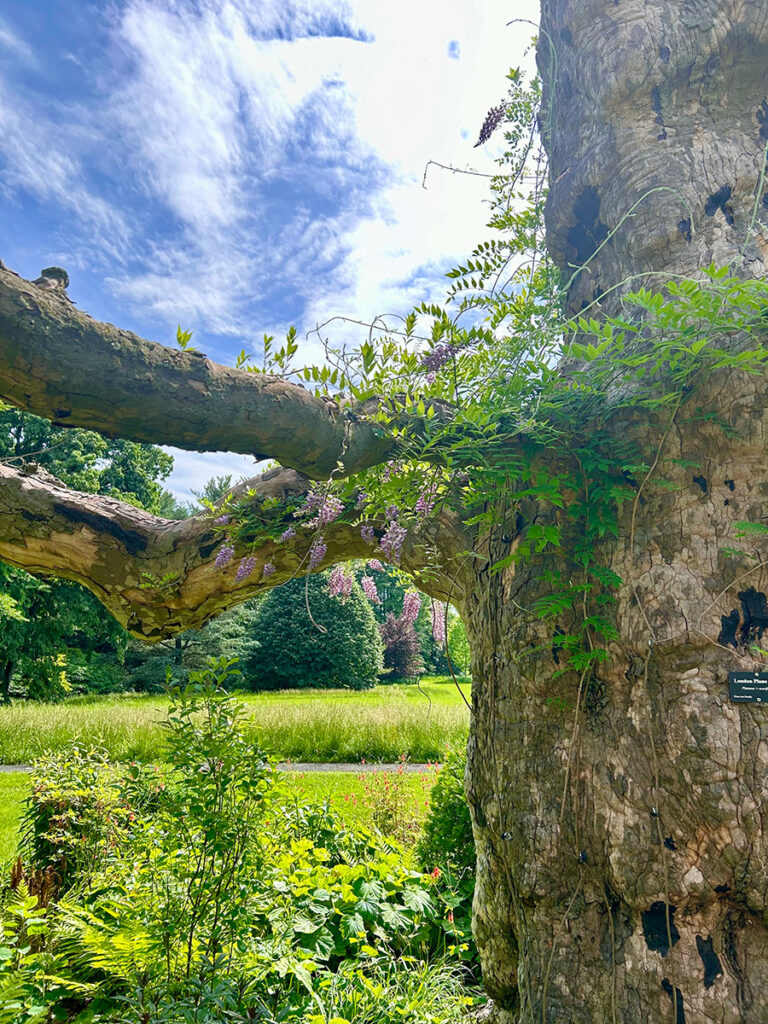
The garden staff planted American wisteria at the base of the tree sculpture and trained the spring-blooming, lilac-flowered vine so it would climb up its branches. Photo by Margo Rabb.
Stoneleigh’s tree sculptures have inspired visitors to make similar ones in their own yards. Preserving a dead tree as a tree sculpture can also save money: stump grinding for a tree that size could cost many hundreds of dollars.
The tree is a symbol of how Stoneleigh embraces the unconventional—they’re a garden that uses native plants and trees in creative and often startling ways. Redbuds and box elder are espaliered up stone walls; a grove of American arborvitae have grown sideways, their elegant limbs twisting like the arms of modern dancers. These trees are “emblematic of who we are and our ideals,” Ethan says. “We experiment, and we push boundaries. We never want to do things that are traditional or boring. We have this opportunity with native plants to reimagine this space in a way that is exciting. It’s not forests or woodland plantings or meadows—it’s using these things against this grand house in really refined ways that are artistic.”
Woodpeckers, like this Red-bellied Woodpecker, make nests inside of dead trees. Keeping snags on your property provides habitat for them and other animals, as well as insects and fungi. Photo by Dave Korbonits.
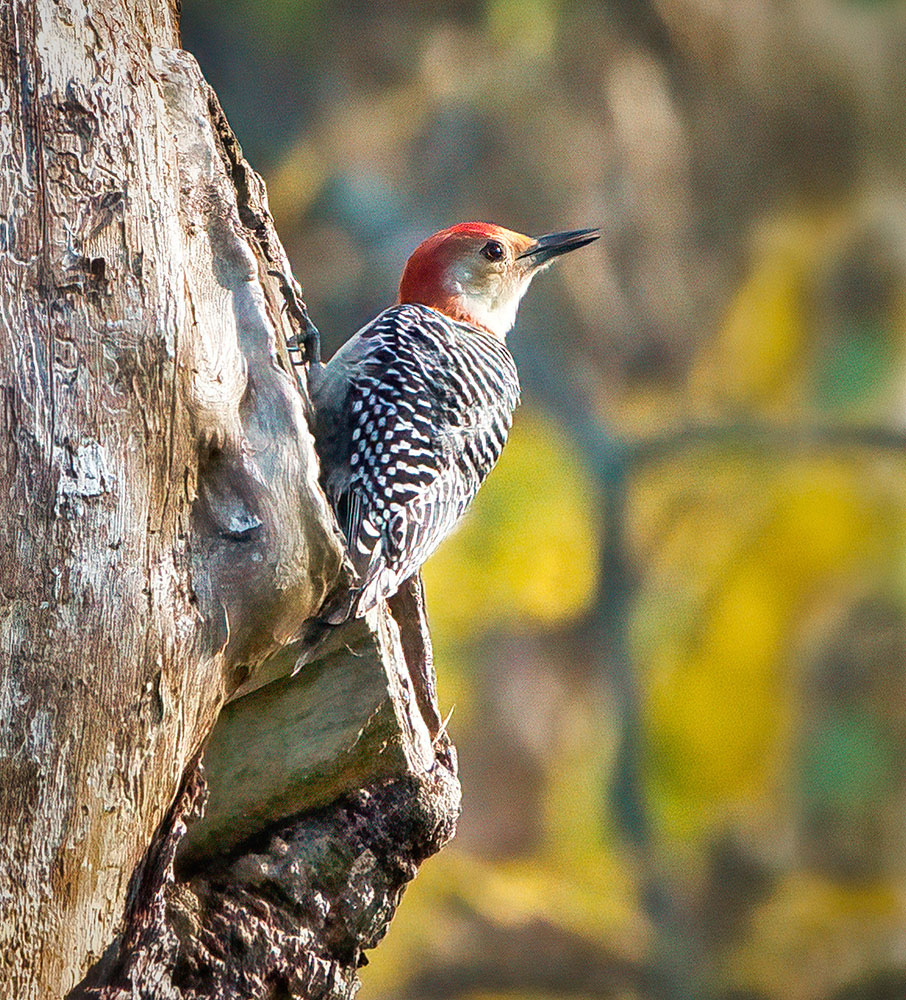
Stoneleigh is free to visit and open all year-round. Its tree sculptures and native plantings can inspire us to embrace what may already be in our gardens, instead of what might be removed or added. “It’s seeing our flora through a different lens,” Ethan said. “It’s appreciating what we have.”
In his poem “Trees,” W. S. Merwin wrote: “I listen to them tenderly.” On a recent winter afternoon at Stoneleigh, its London planetree sculpture continued to burst with life, even in the garden’s most quiet season—vines swirled, birds called, and insects hummed. The tree seemed to guard the whole world with its strong branches, steady in the changing light.
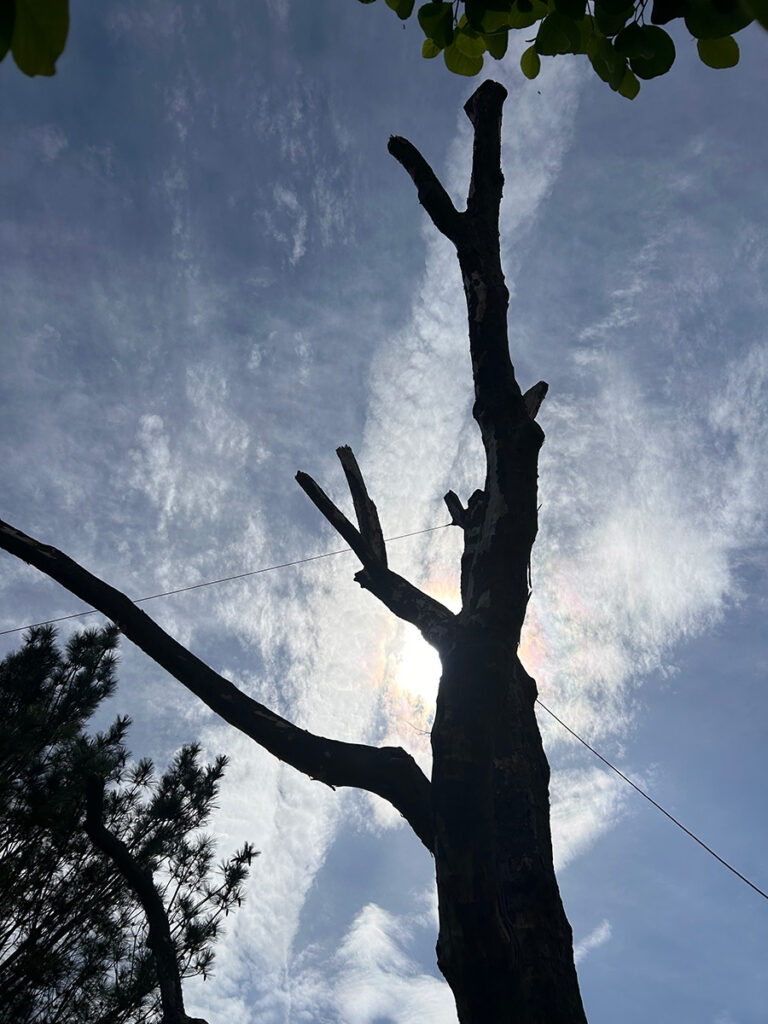
The tree sculpture presents a striking silhouette at all times of the year. Photo by Margo Rabb.
Margo Rabb is the author of the novels Lucy Clark Will Not Apologize, Kissing in America, and Cures for Heartbreak. Her essays and stories have been published in The New York Times, The Washington Post, The Atlantic, and Smithsonian. Visit her at margorabb.com.
